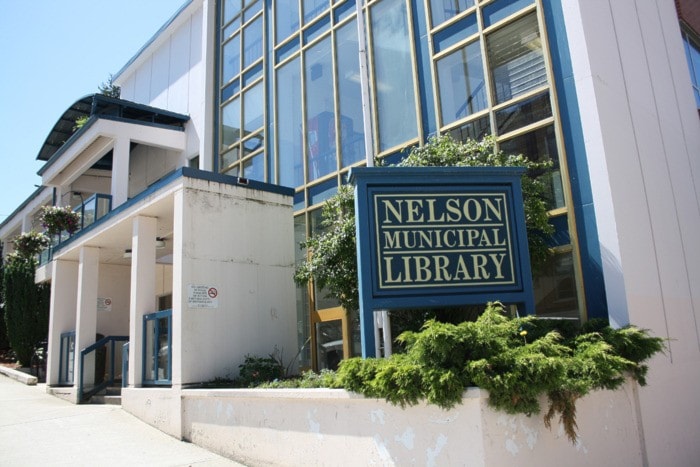To people of a certain age, there’s always been something just a little magical about the digital world. I’m long past the notion of the whole thing being powered by an unseen league of hamsters running on wheels, but it still sometimes boggles my mind.
That’s because the digital universe seems as big and wide and endless as the real one. We can be forgiven for turning to cute, fuzzy creatures as an antidote to all that big-concept stuff.
And yet we adapt. I tap my fingers impatiently when a web page takes longer than a millisecond to load. And I expect to find the answer to everything online, and right now, thank you very much.
So I’m sympathetic when library users wanting to download e-books through OverDrive — the e-book and audio-book company of choice for most North American libraries, including ours — find themselves waitlisted for the new, hot bestseller, or frustrated when the book they want isn’t even listed.
Because it’s digital right? It’s just a bunch of ones and zeros. It should all be available, instant, and more important, it should be free.
Actually, no. Nothing is ever really free, and the e-universe that includes writers, publishers, e-book suppliers, and libraries are experiencing growing pains as they try to hammer out something approximating fairness in an increasingly demanding world. Even hamsters need to eat.
E-book lending has skyrocketed in public libraries, with circulation up exponentially everywhere. What would-be downloaders don’t see are the behind-the-scenes machinations, with lending caps, restrictions, and hard-won (and sometimes lost) agreements with the Canadian Big Six publishers as well as about 90 smaller ones.
Since the advent of downloadable e-books through OverDrive, libraries have had to deal with circulation caps on e-books imposed by HarperCollins (the notion being that a hard copy of a book on the shelf will circulate only so many times before it falls apart), withdrawal of titles by Penguin and others as they negotiate higher returns, and outright refusal of Simon & Schuster and Macmillan to play ball.
It’s about finding pricing and licensing models that are fair to authors and publishers both, because if authors aren’t paid for books they’re not going to write them, and if publishers can’t pay the staff to edit, market, and manage titles, they won’t do it, either. We might as well all just breed hamsters, leaving the general public to read the backs of cereal boxes or their equivalent.
Libraries are sympathetic, but we also have our bottom line. So when Random House raised their e-book prices for libraries from $30 for a hardcover bestseller print equivalent to a whopping $80 for the e-version, libraries squawked. At more than twice the price, it means fewer than half the titles can be purchased from your library’s budget.
One Nova Scotia regional library system just said no: we won’t buy Random House e-books at that price. Random’s point — that unlike print books, an e-book can circulate endlessly and so either a cap or an increased price is only fair — also makes sense.
In theory, this will all settle out eventually; right now, it’s all so new. Further consultations and annual circulation stats, plus consumer action, will result in decisions that will, we can only hope, be fair to authors, publishers, and libraries.
But for those who are still looking for the free e-lunch, understanding goes a long way in the book-to-checkout e-food chain. And if you’re on a wait-list for that new, hot bestselling e-book, know that somewhere there’s a hamster running like mad, trying to make it happen.
